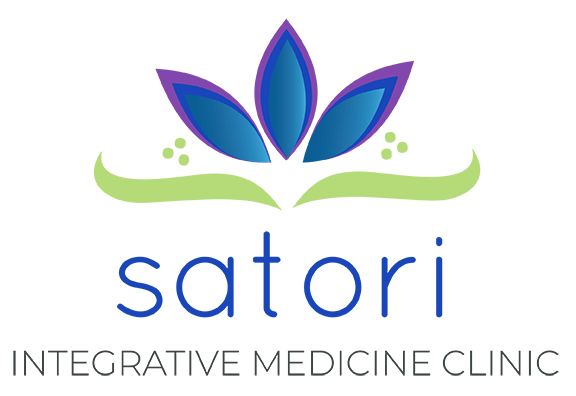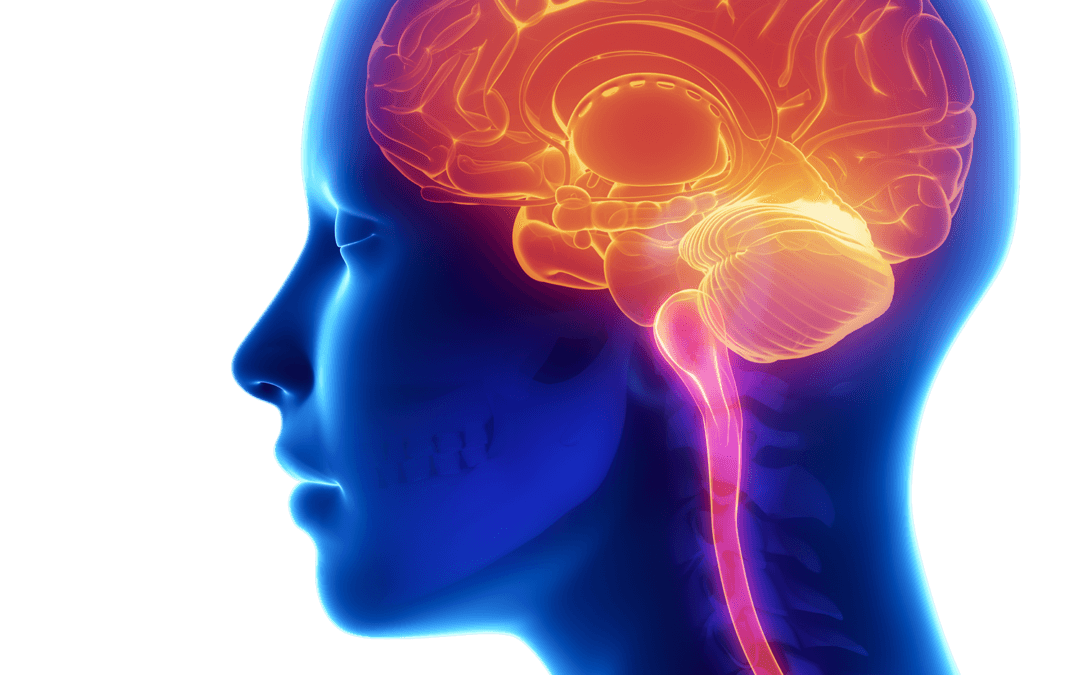It seems that everyone is talking about “neuroplasticity” and how to create it. What, exactly, is neuroplasticity?
Simply put, neuroplasticity is the ability of the brain to change its structure and rewire its connections, making them stronger or weaker, depending on what’s happening at any given moment. It is influenced by age, genetics, nutrition, and our environment. Most of us were taught that the human brain stops making new cells and that new connections between cells are nearly impossible to create after a certain (young) age. Current evidence indicates that certain areas of the adult brain do generate new cells. The hippocampus – a very specialized area of the brain important for learning, memory, and emotional behavior – creates new cells at a slow but relatively steady rate. In healthy adults, just under 2% of the cells in this region of the brain get turned over each year. Creation of new cells increases with exercise and learning and is decreased with age, depression, anxiety, stress, and lack of oxygen.
Interestingly, the other area of the brain that consistently produces new cells is the olfactory bulb which is part of the reason that Olfactory Retraining Therapy (also called smell retraining therapy) is sometimes successful for people who lose their sense of smell from trauma, Parkinson’s disease, or viruses like Covid-19. (Link to article.)
When scientists talk about neuroplasticity, they usually talk about two different types: functional and structural. Functional plasticity is the ability of nerve cells to change what they do. A great example of functional plasticity is that after a traumatic injury or stroke in one part of the brain, another part can take over the tasks of the damaged area. Structural plasticity is the ability of nerve cells to change their physical structure as a result of learning or experience. The nerve cells may sprout new connections, strengthen or weaken existing pathways, or alter the way nerves act at their connecting points (synapses) by changing the nature of their chemical communication. Structural plasticity comes into play when you experience something new; your brain physically changes, building new pathways and connections to accommodate the new knowledge. Practicing a skill or even visualizing performing an activity strengthens the connections between nerve cells required for your brain and body to do that particular thing.
Why is neuroplasticity important?
Neuroplasticity allows individuals to grow and change. That’s a good thing when we acquire a new skill – a new language, musical instrument, jigsaw puzzle. Sometimes it’s not – when neuroplasticity reinforces things like anxiety, depression, PTSD and addiction. When we talk about neuroplasticity in mental health, unlearning these unhealthy or undesirable patterns is every bit as important as learning new ones. For example, neuroplasticity helps unlink or weaken the path between a trigger and a PTSD response.
The really exciting thing about neuroplasticity is that every day more is being learned about how we can use positive neuroplasticity for our benefit, to make desired changes in our lives. We can use our conscious minds to literally change the physical structures of our brains. As we change our physical brains, we develop new patterns of thinking, feeling, and behaving. We have the ability to change old patterns and move forward with our lives.
Our next installment on the theme of neuroplasticity will look at how psychedelic medicines like ketamine increase neuroplasticity.
***
At Satori Integrative Medicine, we are experts at promoting neuroplasticity with behavioral techniques, supplement support and ketamine infusions. Our services include integrative medicine, ketamine and lidocaine infusions, IV supplements, and medical acupuncture. We encourage our patients to incorporate lifestyle practices into daily life as part of a comprehensive treatment plan for: major depression, the depressed phase of bipolar disorder (bipolar depression), postpartum depression, anxiety, post-traumatic stress disorder (PTSD), obsessive compulsive disorder (OCD), pain syndromes such as fibromyalgia and complex regional pain syndrome (CRPS), also known as reflex sympathetic dystrophy (RSD), and addiction.
If you or someone you know suffers from any of these conditions and this approach to health and wellness resonates with you, please contact us for more information.


Recent Comments